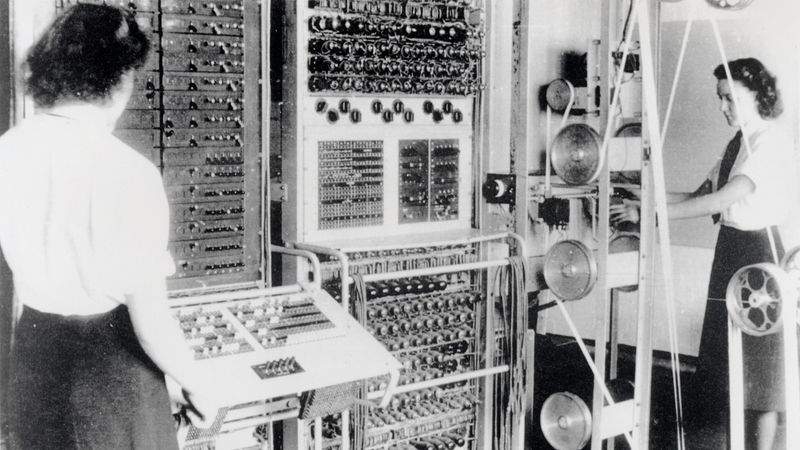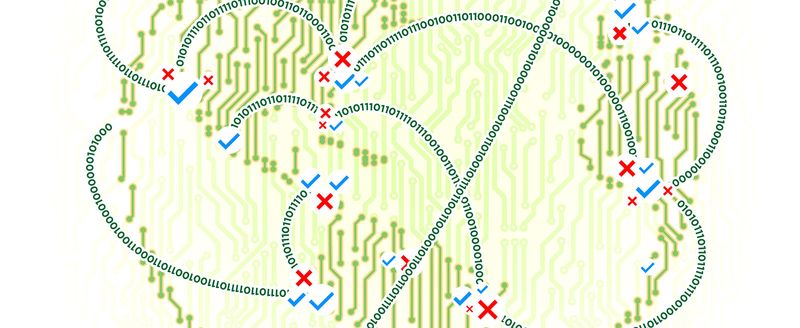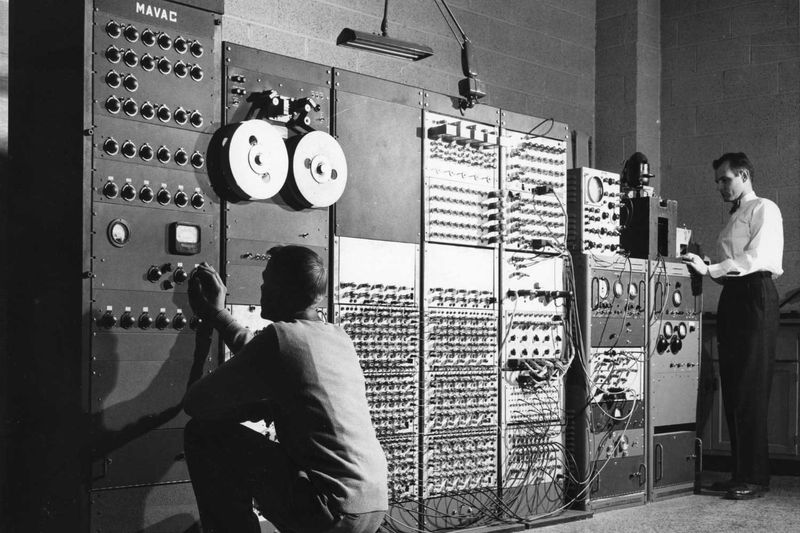Privacy protection has undergone a profound transformation since the 1940s, evolving from basic notions of personal space to complex frameworks addressing digital data rights. This evolution reflects shifts in technology, legislation, and societal values. Here’s a comparative look at 17 key aspects of privacy protection, contrasting the 1940s with today’s landscape.
1. Legal Frameworks
In the 1940s, legal frameworks surrounding privacy were mostly limited to physical intrusions and defamation. Privacy laws were minimal and largely reactive, focusing on preventing tangible breaches. Fast forward to today, and we have comprehensive data protection laws like the GDPR and CCPA. These regulations govern digital data collection, usage, and storage, emphasizing user consent and rights. Unlike the past, where privacy was a secondary concern, today’s laws prioritize personal data protection, reflecting the growing digital landscape. This shift highlights how legal frameworks have evolved to meet the demands of the digital age.
2. Data Collection Methods
The 1940s saw data collection primarily through manual methods, involving paper records and face-to-face interactions. Data was gathered slowly, with an emphasis on physical documentation. In stark contrast, today’s data collection methods are automated and vast. Online activities, IoT devices, and surveillance technologies play significant roles in accumulating information. The transition from manual to digital showcases a technological evolution, where data is harvested in real-time, reshaping how personal information is accessed and utilized. This change underscores the dramatic shift in collecting and managing data over the decades.
3. Surveillance Practices
Surveillance in the 1940s was restrictive and often necessitated legal authorization. The scope was limited, as technologies were rudimentary, focusing mainly on wiretapping and monitoring physical spaces. Today, technology has enabled widespread surveillance capabilities. Advanced cameras, drones, and digital monitoring tools provide comprehensive oversight, often raising debates about privacy and potential overreach. As surveillance practices have evolved, so too have public concerns about their implications. From limited, legally-bound practices to pervasive monitoring, the landscape of surveillance has transformed dramatically, reflecting changes in technology and societal needs.
4. Public Awareness
In the 1940s, public discourse on privacy was limited. Concerns were mostly localized, specific to communities and personal interactions. The idea of global privacy was far from the mainstream. Today, public awareness has skyrocketed, propelled by data breaches and media coverage. Society demands robust privacy protections, as digital interactions dominate daily life. The shift from localized to global awareness reflects changing societal values, where privacy is now a significant concern for individuals everywhere. The rise in public consciousness marks a pivotal transition in understanding and advocating for personal data protection.
5. Data Storage
Data storage in the 1940s relied on physical means, with information housed in filing cabinets. Breaches involved physical theft or loss of documents. Modern storage methods have shifted to digital domains, with data stored in the cloud. Cybersecurity threats, including hacking and unauthorized access, pose new challenges. This transition from tangible to digital underscores the evolution in protecting information. While physical breaches required direct interaction, today’s challenges require advanced cybersecurity measures. The evolution of data storage reflects broader changes in technology and the methods used to safeguard information.
6. Consent Mechanisms
Consent in the 1940s was often implicit, with few formal procedures governing data sharing. Business was conducted face-to-face, and trust was paramount. Today, explicit consent mechanisms are necessary for data collection, with clear options to opt-in or opt-out. Digital forms and checkboxes have replaced handshakes, ensuring transparency and user control. This shift highlights the evolution from informal agreements to structured, legally binding consents. The transformation in consent mechanisms reflects the need for clarity and protection in a digital world, where personal data is a valuable asset.
7. Children’s Privacy
In the 1940s, there were no specific protections for children’s data. Privacy concerns were often overlooked, as focus was on adult interactions. Today, laws like COPPA and proposed COPPA 2.0 aim to safeguard children’s online privacy. These regulations require parental consent for data collection, acknowledging minors’ vulnerability in the digital landscape. The shift from neglect to protection represents a growing understanding of the unique needs of children in an online world. This evolution underscores the importance of specialized laws to shield minors from potential data exploitation.
8. Technological Impact
The 1940s witnessed minimal technological impact on privacy. Concerns were rooted in physical spaces, with technology playing a secondary role. In contrast, today’s technological advancements introduce new privacy challenges. Data mining, AI-driven profiling, and digital footprints have become prevalent, reshaping privacy concerns. The leap from minimal to significant technological influence marks a fundamental shift in how privacy is perceived and protected. This evolution reflects broader societal changes, where technology is both a tool and a challenge in safeguarding personal information.
9. Corporate Responsibility
In the 1940s, businesses had limited obligations concerning customer data. Record-keeping was basic, focusing on transactions and customer interactions. Modern corporations, however, are held accountable for data protection, facing legal and reputational consequences for breaches. Policies and compliance with regulations are imperative, and transparency is expected. This evolution from limited responsibility to stringent accountability illustrates the growing importance of protecting personal information. The transformation reflects societal demands for corporate ethics and integrity, emphasizing the role of businesses in safeguarding data.
10. International Regulations
Privacy laws in the 1940s were predominantly national, with little international coordination. Each country operated independently, focusing on domestic issues. Today, global frameworks and agreements aim to standardize data protection across borders. The evolution from isolated to interconnected regulations highlights the need for international cooperation in a digital world. This transition underscores the importance of unified efforts to address global privacy challenges, ensuring consistent safeguards for personal data. The move from national to international collaboration marks a significant shift in the approach to privacy protection.
11. Right to Be Forgotten
In the 1940s, there was no concept of removing personal information from public records. Information, once recorded, was permanent, with limited recourse for alteration. Today, the right to be forgotten allows individuals to request the deletion of personal data from digital platforms, under specific regulations. This evolution from permanence to flexibility highlights a fundamental change in personal data management. The right to be forgotten represents a shift towards empowering individuals, granting them control over their digital footprint, and addressing privacy concerns in an ever-connected world.
12. Data Breach Responses
In the 1940s, data breaches were rare and handled privately, often involving physical theft. Responses were localized and less coordinated. Today, mandatory breach notifications and legal obligations to inform affected individuals are standard practices. The shift from private to public handling of breaches reflects a growing awareness and necessity for transparency. This evolution emphasizes the importance of timely and coordinated responses to protect individuals and maintain trust. The transition signifies a broader understanding of data breaches’ impact, necessitating comprehensive strategies to address them effectively.
13. Encryption Standards
In the 1940s, encryption was primarily used for military communications, focusing on securing sensitive information during wartime. The scope of encryption was limited to national security. Today, encryption is a staple in protecting personal and financial data online, used across various platforms to secure communications and transactions. The evolution from military to civilian applications underscores the growing necessity for encryption in everyday life. This transition highlights the importance of safeguarding digital data and maintaining privacy in an interconnected world, reflecting broader shifts in technological reliance.
14. Social Media Influence
The 1940s had no social media; personal information sharing was confined to close circles. Family photo albums and letters were the primary means of communication. Today, social media platforms collect and disseminate vast amounts of personal data, influencing privacy perceptions. The shift from private to public sharing represents a significant transformation in how personal information is curated and consumed. Social media’s influence on privacy marks a departure from traditional information sharing methods, reflecting societal changes in connectivity and the value placed on digital interactions.
15. Biometric Data Usage
Biometric data collection in the 1940s was rudimentary and not widespread, primarily used by law enforcement. Fingerprinting was a significant advancement in identification. Today, biometric identifiers like fingerprints and facial recognition are commonly used, raising privacy concerns. The evolution from basic to sophisticated biometric technologies marks a new era in identification and privacy challenges. This transformation illustrates the delicate balance between innovation and privacy, as biometric data becomes integral to security measures. The shift highlights the ongoing dialogue between technological progress and ethical considerations.
16. Consumer Rights
In the 1940s, consumers had limited rights regarding personal data, with little control over how their information was used. Transactions and interactions were straightforward, with minimal legal recourse. Modern consumers, however, have rights to access, correct, and delete their personal data under various laws. The evolution from limited to expansive consumer rights reflects the growing recognition of personal data as a valuable commodity. This transition underscores the importance of empowering individuals to control their information, ensuring transparency and accountability in data handling practices.
17. Privacy Advocacy
The 1940s saw few organizations focused on privacy rights, with advocacy efforts concentrated on civil liberties. Privacy was often a secondary concern. Today, numerous advocacy groups work to protect and promote privacy rights globally, reflecting a shift in priorities. The evolution from limited to widespread advocacy highlights the growing importance of privacy in public discourse. This transformation underscores the need for continued vigilance and action in safeguarding personal data. Modern advocacy efforts represent a collective commitment to addressing privacy challenges and promoting individual rights in an increasingly digital world.

















